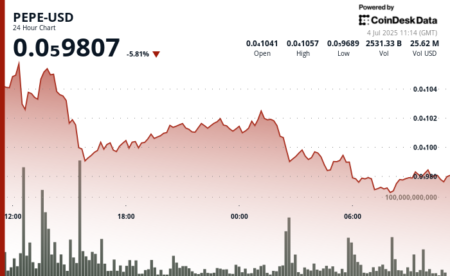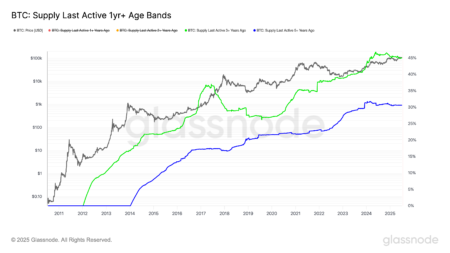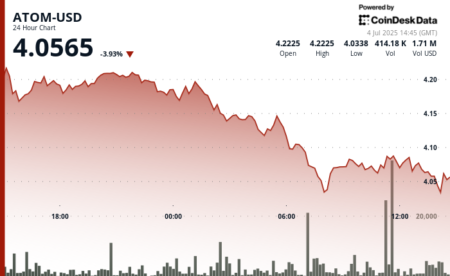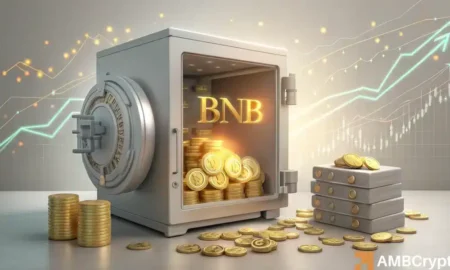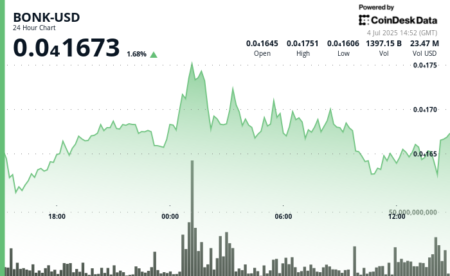Ethereum’s Market Dynamics: A Deep Dive into Institutional Interest and Emerging Trends
Ethereum (ETH) continues to capture attention in the cryptocurrency landscape, recently witnessing institutional withdrawals of over 89,000 ETH, valued at $230 million, from major exchanges like Binance, OKX, and Kraken. This surge in outflows, attributed largely to firms like Matrixport and Abraxas Capital, hints at rising institutional confidence and a pronounced strategic shift toward long-term holdings. Such moves reflect a broader bullish sentiment in Ethereum’s potential as institutions position themselves amidst market uncertainties. The decline of sell-side pressure coupled with tightening supply could significantly influence Ethereum’s price trajectory in the near future. As the dynamics evolve, it raises the question: Can ETH maintain its upward momentum against increasing resistance levels?
Analyzing ETH’s Support Levels and Resistance Bands
Currently, Ethereum trades above an ascending support line, indicating that buyers are defending crucial levels. However, the price remains confined below a resistance band, specifically at $2,642, with a stronger ceiling located at $2,885. This price action creates a consolidation pattern hinting at indecision in the market. At present, the Relative Strength Index (RSI) sits around 55, suggesting a neutral momentum. For Ethereum to confirm a bullish continuation, it must breach these resistance levels, or else risk a retest of the $2,403 zone—the critical point where bullish control could diminish.
Scarcity Indicators: The Stock-to-Flow Surge
Ethereum’s Stock-to-Flow ratio has recently surged to 69.66, a significant indicator of growing scarcity. The Stock-to-Flow (S2F) metric relates circulating supply to annual issuance, and a rising S2F suggests limited availability. Such a dynamic can foster bullish expectations, particularly during accumulation phases. This increase in scarcity implies rising demand amidst diminishing supply, enhancing Ethereum’s long-term value proposition. However, for these bullish projections to translate into price gains, ETH’s immediate price action must align with this narrative, especially given the existing short-term resistance zones.
MVRV Z-score: A Hidden Bullish Indicator
The MVRV (Market Value to Realized Value) Z-score for Ethereum currently stands at -0.037, indicating that a majority of holders are not enjoying significant profits. Historically, periods of negative MVRV have been precursors to rallies, reflecting a lack of incentive for profit-taking. This suggests that the market might be undervalued or simply undergoing a healthy reaccumulation phase. The MVRV Z-score provides a bullish foundation, implying less selling pressure coupled with institutional backing and improving on-chain metrics—elements that could pave the way for a potential breakout from Ethereum’s current range.
Recovery in On-chain Activity
Ethereum’s transaction count has rebounded to 1.45 million after dropping in late June, signaling a resurgence in network engagement. This uptick in activity typically correlates with increased user participation, reinforcing Ethereum’s long-term sustainability. A consistent rise in on-chain transactions could bolster ETH’s bullish outlook, especially as investor confidence grows. The resurgence in on-chain activities, if maintained, might not only provide price strength but also attract renewed institutional interest, further solidifying Ethereum’s footing in the market.
Shifting Interest in Ethereum Derivatives
In recent developments, trading activity surrounding ETH derivatives has experienced a decline, with trading volume dropping by 21.89% and Open Interest slipping by 1.56%. This downturn indicates that traders are exercising caution, particularly given Ethereum’s struggles beneath significant resistance levels. While lower Open Interest mitigates the risk of forced liquidations, it also suggests a waning speculative momentum. This reduction in derivatives activity might limit Ethereum’s short-term volatility, enabling a more organic evolution in price movements. A scenario where increased spot demand coincides with reduced leverage could guide ETH toward a more stable and sustainable trading environment.
The Outlook for Ethereum: Accumulation Leading to Breakout?
In summary, Ethereum’s current landscape is characterized by robust institutional interest, increasing scarcity, and a potential price rally. Despite being capped below resistance levels, declining derivatives activity suggests reduced speculative pressure. Technical indicators and on-chain metrics collectively signal a probable upward breakout, provided that market momentum aligns with heightened demand. As Ethereum’s narrative unfolds, the stage is set for a significant potential movement, leading traders and investors to watch closely in anticipation of future price developments.
As Ethereum navigates through these complex market dynamics, the underlying factors like institutional confidence, scarcity metrics, and emerging on-chain activity will significantly shape its trajectory moving forward. With the right conditions met, ETH could emerge stronger, making it a central figure in the cryptocurrency market landscape.











